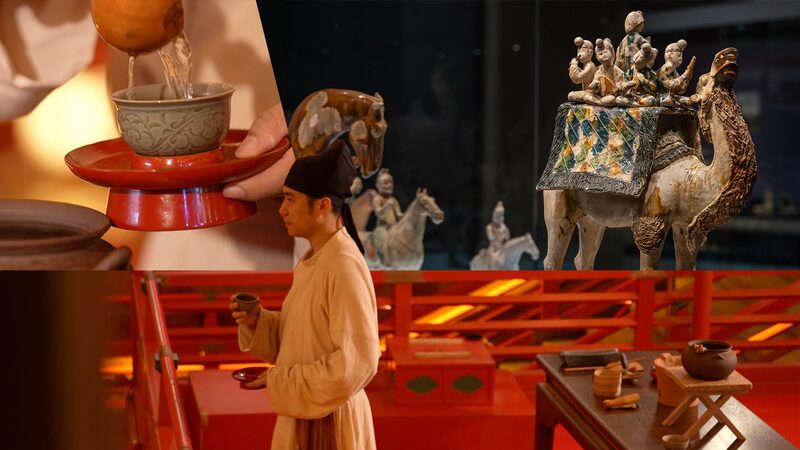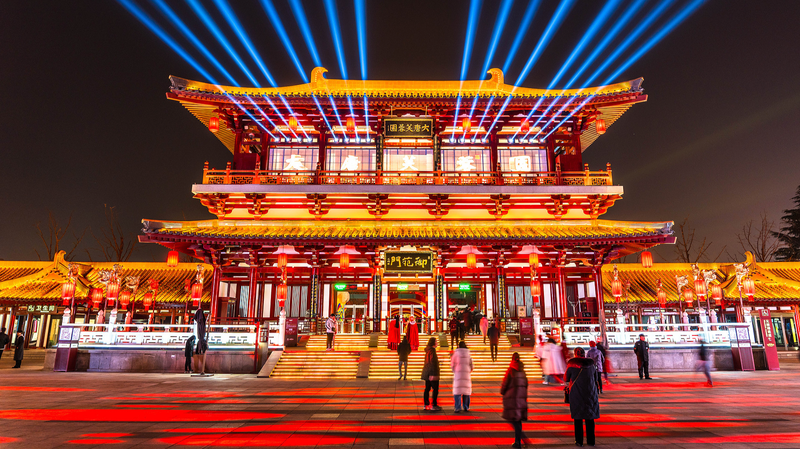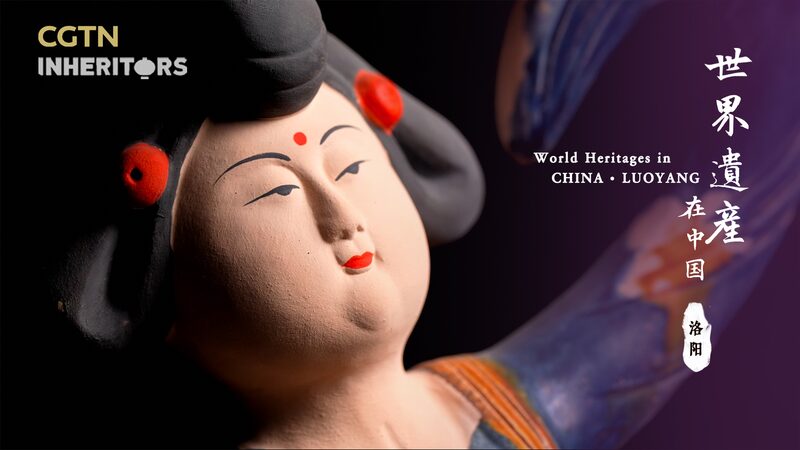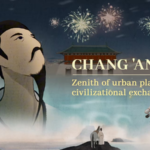Tea has been a cornerstone of Chinese history and culture for centuries, spreading its aromatic charm across the globe. During the Tang Dynasty (618-907), tea made its way along the ancient Silk Road, intertwining with the rich tapestry of international trade and cultural exchange.
\"In the Tang Dynasty, there were eight major regions known for tea cultivation. A significant amount of tea was exported from China at that time,\" shares Cai Xiao, a tea industry expert from Shaanxi Province.
Xi'an City, located in northwest China's Shaanxi Province and formerly known as Chang'an, was the capital of the Tang Dynasty and the starting point of the ancient Silk Road. This historic city remains a vibrant tourist destination, showcasing the lively spirit of that era through various cultural performances.
Visitors to Xi'an are increasingly captivated by performances that blend traditional elements from the Tang Dynasty with contemporary styles. Among these, ancient tea-making demonstrations stand out, offering the public a hands-on opportunity to delve into the rich heritage of tea culture.
Cai Xiao has recently taken on the role of a tea art performer at the \"Twelve Hours of Chang'an,\" a renowned theme block that represents Tang Dynasty culture. Through his demonstrations of ancient tea-making techniques, Cai aims to transmit the enduring spirit and elegance of tea culture to the audience.
\"Traditional Chinese culture, oriental aesthetics, and even romanticism are reflected in tea culture,\" he explains, highlighting the deep connections between tea and the cultural identity of the region.
Reference(s):
Xi'an tea art performances illuminate ancient Silk Road culture
cgtn.com






